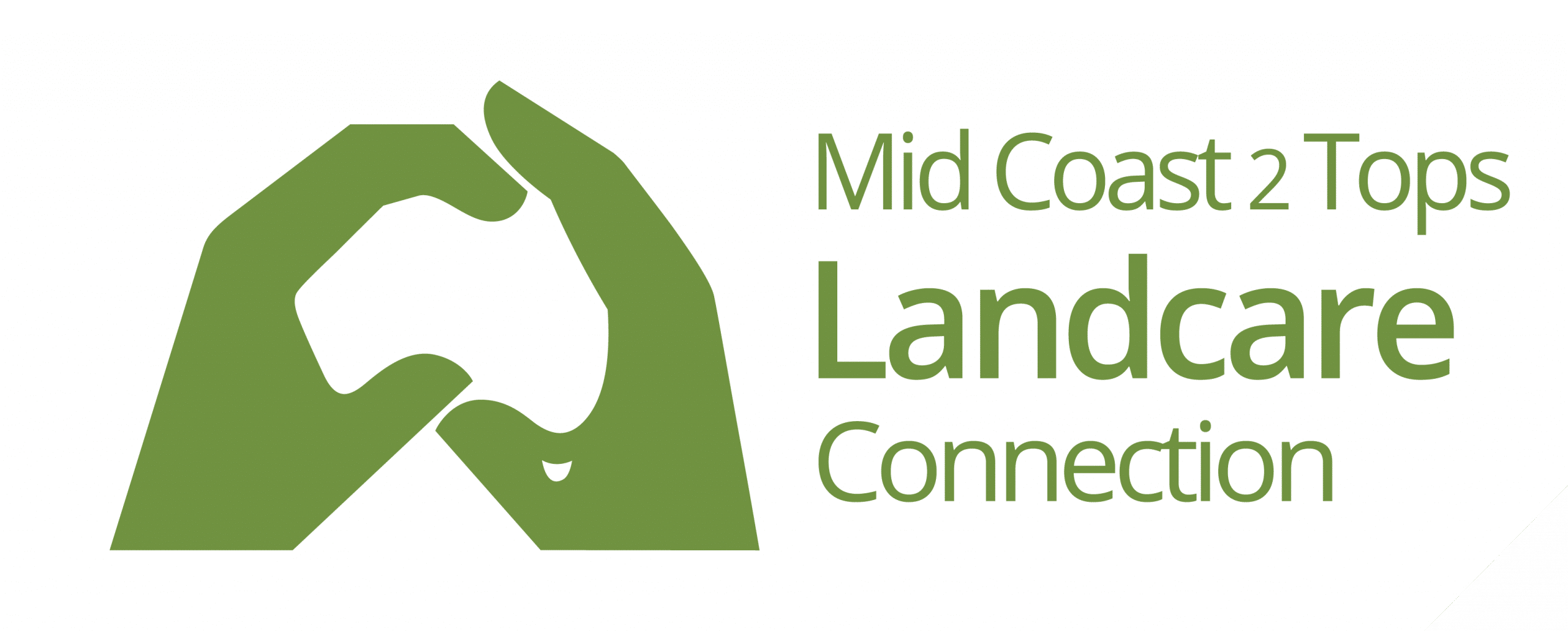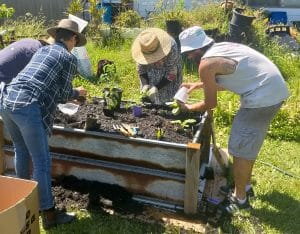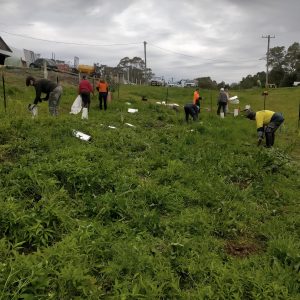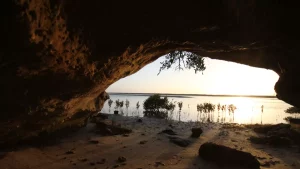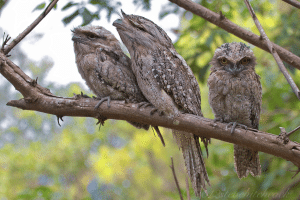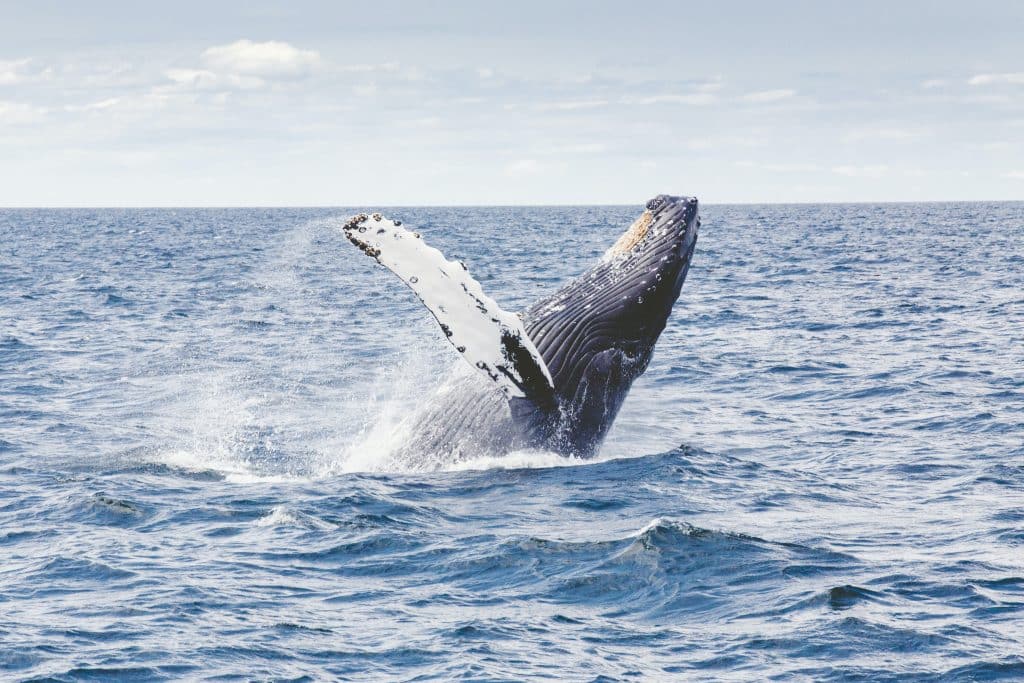
By Jess Leck. My favourite time of year, my whales are back! Humpback whale migration!
Despite knowing this website is for “land” carers, humour me while I share about my very favourite part of calling this coastline home, our annual view of one of the longest migrations of any mammal in the world!
Late last month we got our first glimpses of the Humpback whale (Megaptera novaeangliae) migration. The whales migrate north along the coast from May to July, then turn around and head home again until about November. They are following a route known as the Humpback Highway. The peak of the season is from June to July, when the highest numbers of whales can be seen.
During the migration, humpback whales mate, give birth, and nurse their young. They also sing complex songs, which are thought to be used for communication and to attract mates. In some places of the world, scientists are working hard to decode these songs, and many think we might be able to talk back in as little as 10 years!
If you go whale watching this season, or just patiently watch from our coastline, you will see a lot of this behaviour as they head past. On the way north, look out for a solo female being chased by a pod of males, in what is known as a heatrun, where only the fittest male will be the lucky one to mate.
Humpback whales are a wonderful conservation success story for Australia. So much so that the species were taken off the threatened species list in Australia in February 2022 after a significant increase in numbers in the past 60 years. The species was once hunted to the brink of extinction, but international protections against whaling and domestic protections to preserve the species have helped the population rebound.
Every year ORRCA host its annual Cetacean Census Day, this year on Sunday June 25 2023. The public is invited to join in recording the numbers of whales making their annual northerly migration along the Australian coastline to warmer waters for feeding and breeding. If you share the love for this wonderful species, get involved in the upcoming ORRCA census day to contribute to an ongoing citizen science project.
